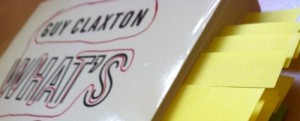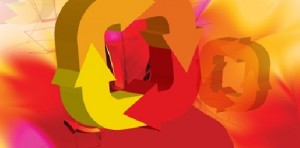Claxton (2008) inside/outside schools
 Claxton, G. (2009). What’s the point of school? Rediscovering the heart of education. Oxford: Oneword Publications.
Claxton, G. (2009). What’s the point of school? Rediscovering the heart of education. Oxford: Oneword Publications.
I read Claxton for relief from my heavy-going reading list, but Claxton’s comparison of learning inside and outside schools was worth reading.
Claxton says schools offer learning just-in-case for its own sake in narrow pre-graded pieces, with prejudged students achievement levels, and smooth learning that avoids mistakes. Whereas, learning outside schools is just-in-time for real achievement in broad complex ungraded contexts, with gradual increasing skills, and steep zigzagging learning filled with risks. Learners outside schools are curious, collaborative, and seek unknown answers.
Historically, schools are monasteries and factories. As monasteries, schools preside over knowledge, select knowledge, sever knowledge into subjects, dispense knowledge, and examine knowledge. As factories, schools forge standardized subject production lines for batches of students to manufacture workers who will do the bidding of authorities. Successful students copy, memorize and reproduce (soon outdated) knowledge, but are not prepared for our messy complex real-world. However, Claxton proposes Epistemic Apprenticeships with guides who role model learning and encourage learners to be curious, resilient, balance creativity with logic, handle feedback, approach problems calmly, and be emotionally engaged. Learners need responsibilities, respect, reality, choices, challenges, and collaboration, which is what I strive for, but many students still demand spoon-feeding and prefer to regurgitate pre-packaged knowledge.
I live outside my original learning culture, and even after ten years, occasional culture-clashes surprise me. Here many teachers appear to believe in the fixed intelligence and predetermined achievement levels that Claxton is so against. Beliefs are powerful self-fulfilling prophecies. For me, the basic core of teaching is believing people can learn and then helping people learn. Piaget defines intelligence as knowing what to do when you don’t know what to do. Intelligence is not what learners can do easily: intelligence is how learners respond to unknown and difficult situations. Grit, resilience and perseverance are better predictors of performance than IQ tests. Believing in labels as valid and fixed only encourages people to give up in difficult situations (the Pygmalion effect).
I’ll re-read Building Learning Power soon.


